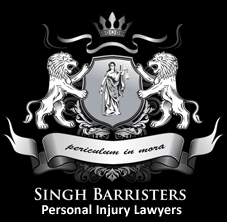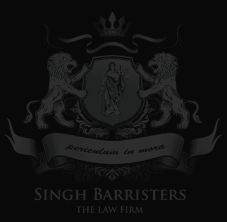Brampton personal injury lawyers know from experience that one of the first questions injured victims or their families ask is, “How long will my case take to reach settlement?”
This is something that we try our best to answer realistically, while explaining all aspects of the claim and providing a 360-degree view of the case.
Accidents happen out of the blue and can result in devastating consequences if the injuries are serious. Most of them are caused by someone else’s fault or negligence. Unfortunately, it’s the victims and their families who have to bear physical, financial and emotional burdens.
If you or a dear one has been injured in an accident, contact the nearest personal injury lawyer in Brampton. You may be entitled to compensation.
How Long Does Settlement Take?
It’s not possible to give a one-size-fits-all solution to the issue of settlement. There are multiple factors and several complex medical, legal and insurance issues involved.
They include:
Type of accident
- Nature and extent of injuries
- Impact of the injuries on the claimant’s life
- Long-term and short-term effects
- Liability of the at-fault party
- Client expectations
- Coverage limits
- Negotiated settlement or trial
and many more variables. However, as our Brampton car accident lawyers and Brampton slip and fall injury lawyers regularly handle such cases, they can give a genuine, comprehensive and swift assessment. This means that the client can make an informed choice and take the matter forward.
In general the time-line for a personal injury claim goes like this:
- Injured person receives medical treatment
- A personal injury lawyer is selected
- The lawyer has to analyze the merits of the claim and go through medical records
- If claim is not worth filing a personal injury suit, lawyer informs client and the matter can be settled with the insurance company
- Otherwise, a claim is put together by the lawyer and conveyed to the at-fault party
- Negotiations take place involving all parties. Almost 95% of claims are settled at this stage without a trial
- If the claim is disputed, or the offer made is too small and deemed non-negotiable, a suit may be filed at this stage
- In general a suit is filed only when the full extent of injury is known so that the person has reached the point of Maximum Medical Improvement (MMI)
- Lawsuit is filed within the statute of limitations time-frame
- Settlement is possible at any stage in the process. It may take around two years for the case to be called to trial
- Discovery process takes place in which documents are provided, depositions are taken, questions are asked/answered on either side, etc. This process could last for about six months to a year
- Mediation and arbitration process is undertaken. Settlement is possible at this stage too.
- When mediation fails, the case is finally called to trial. The date given may not always be the date on which the trial actually takes place, there may be several delays.
- The case may take anything from one day to a week.
Hence, keeping these factors in mind, our experienced Brampton personal injury lawyers can advise our clients accordingly.





